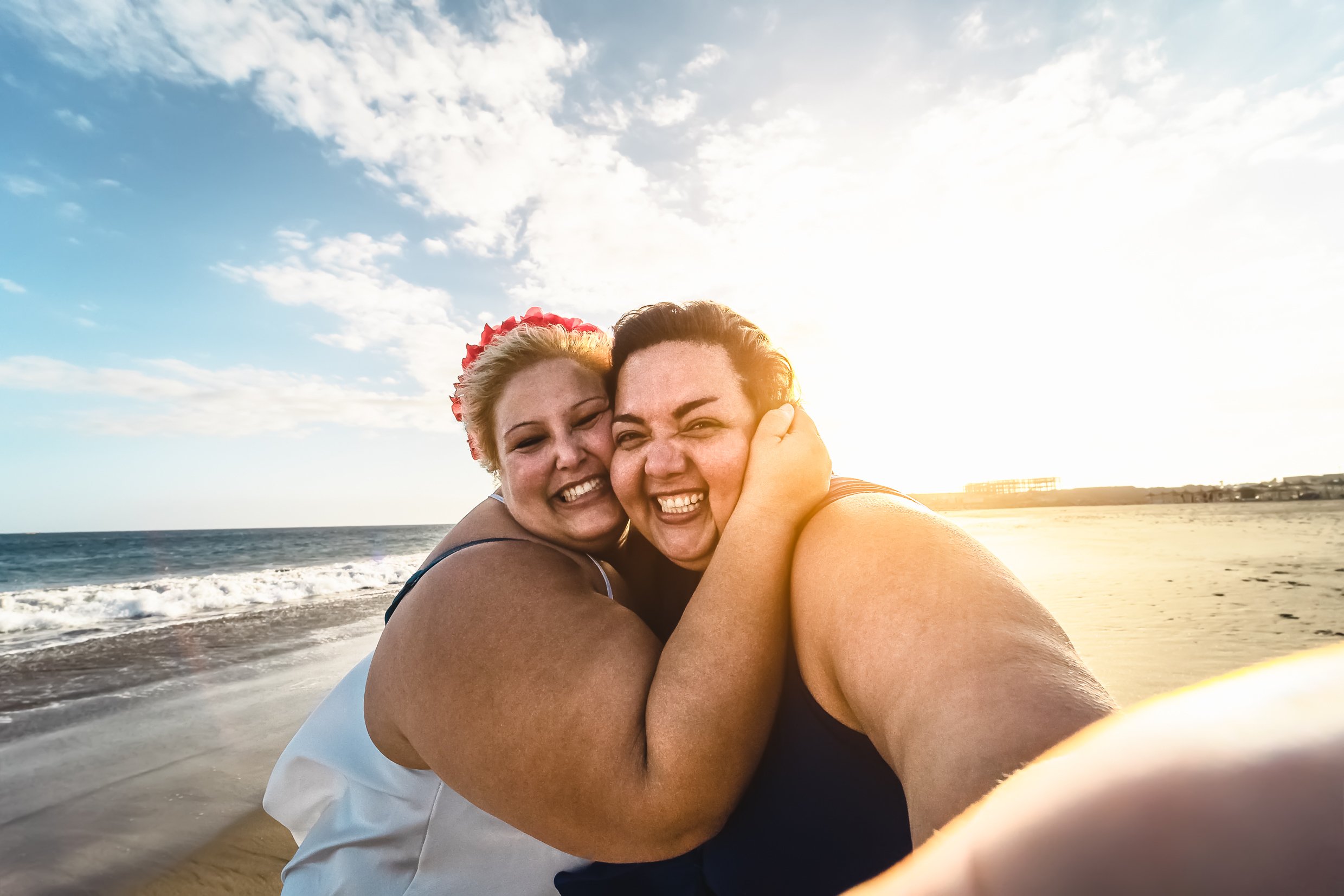The Importance of Intersectionality
Over the last few years, we hope that you’ve noticed more and more from the NAAFA Board about taking an intersectional approach to our work as a fat rights organization. The term intersectionality was coined by law professor Kimberlé Crenshaw over 30 years ago. She used it to talk about the ways systems of oppression intersect and overlap. While legal scholars were the main ones using the term for many years, it’s gained in mainstream usage over the last decade. It has also been expanded to incorporate types of oppression not as widely discussed in the legal situations being analyzed when it was originally used. Fat community has adopted the term to talk about how size discrimination impacts people differently based on the ways other kinds of discrimination also do or do not impact us. We also use it to urge examination of the oft-spoken myth that anti-fatness is the “last acceptable prejudice.”
NAAFA is 51 years old. Over the course of those five-plus decades, thousands of people have been members of this organization, and even more have been touched by NAAFA’s work in one way or another. That impact has been made on a diverse range of humans from all over the world.
But NAAFA has not always been an organization with an intersectional approach to fat politics. For many fat people, NAAFA has too often been seen as or experienced as a heteronormative, white organization that centers those experiences at the exclusion of others. While the message was always “we’re here for all fat people,” many of us who are People of Color or who identify as LGBTQIA+ have found that NAAFA centered straight people and white people, as has the entire movement in many ways. This happened sometimes simply because that’s what American culture does and no one interrupted that tendency. But sometimes this marginalization-within-a-marginalized community was the inevitable, if unintended, outcome of the attitudes of movement leadership.
NAAFA’s leaders and membership were no exception. The combination of the idea that “we’re all fat and that’s all that matters” with a belief that talking about other social justice issues would somehow dilute or distract from NAAFA’s messages led to a focus on fat at the exclusion of all other marginalizations and oppressions. That may have worked just fine for people who were experiencing weight stigma as the primary or sometimes only form of discrimination they were facing. For the rest of us, it has meant being asked to forget our other identities while in fat activist spaces.
At the 50th Anniversary Conference last year, NAAFA founder Bill Fabrey rose from the audience during one of the general sessions and told the 100 participants that he was one of the people over the years who’d insisted that NAAFA avoid talking about other social issues. We talked more about this recently during an episode of the NAAFA Webinar Series. Bill said, “[Back then] we said, ‘We don’t really know what the answer is, but we should deal with one oppression at a time, and stick with what we know best.’” He went on to say that he’s changed his views. “It was 10 or 11 years ago, I think, that I did an about-face on this. I came to realize that oppression, no matter what it’s cause, it all intersects. It’s all intersectional. You can’t fight one without fighting the others.” (Click here to view that episode of the NAAFA Webinar Series. This topic is discussed at 48:33 mark).
An intersectional view of fat activism is key to NAAFA’s survival as an organization. We are going to keep talking about the importance of intersectionality. Many in fat community have been asking for this from NAAFA for a long time. We’re going to increase our efforts to deliver it. We hope that you are able to look at our projects and programming for the last few years and see that we are striving to be intersectional versus just saying we are intersectional. Our new Board members all come from personal, professional, and political backgrounds that insist on intersectional values. They are already helping us build on our work towards living up to an intersectional standard. There is lots to do, and we’re excited to do it.




